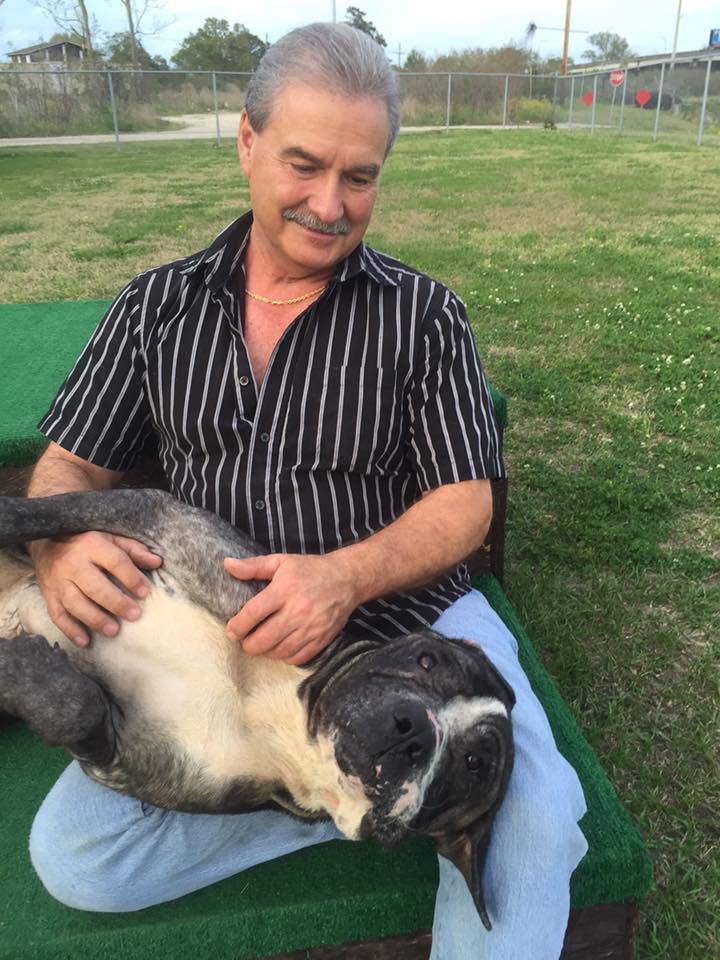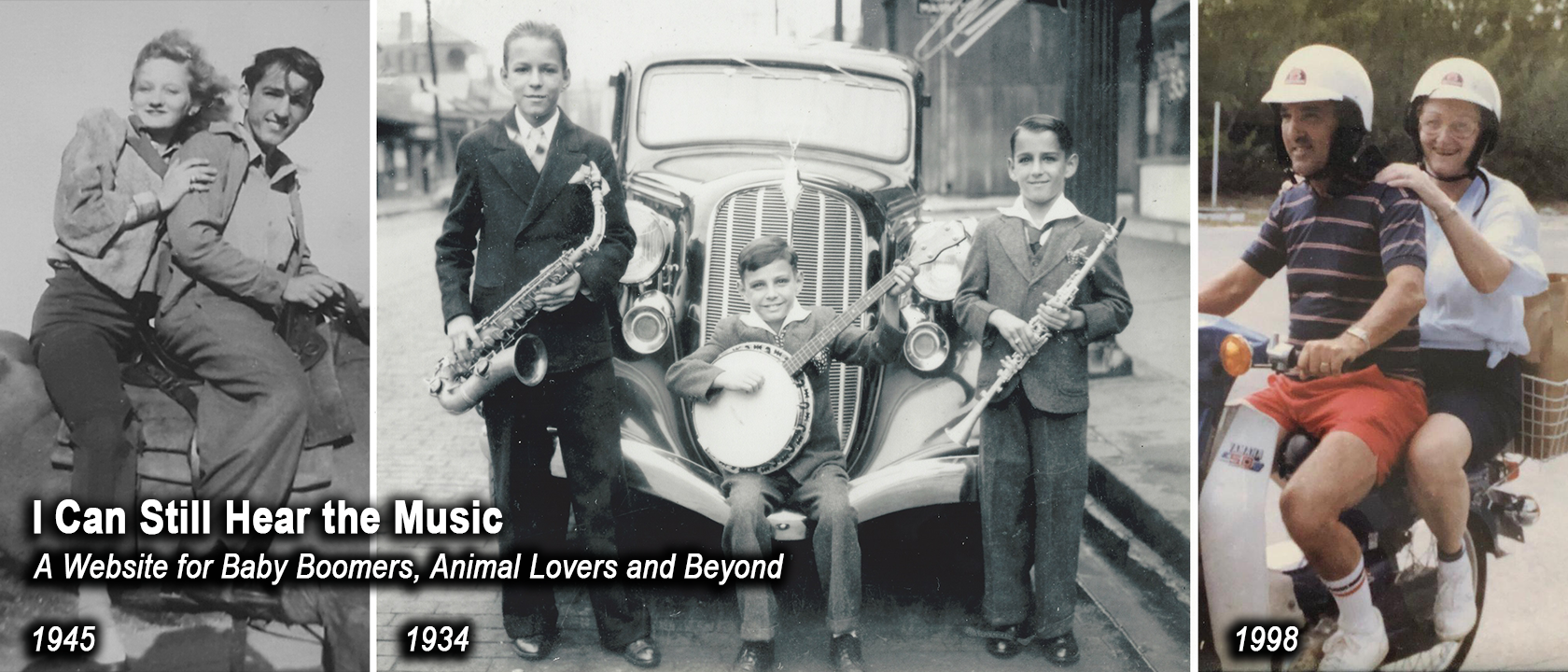
by Michael Groetsch
If you have ever held a terminally ill pet while she was being put down at the vet’s office, you know the feeling of despair associated with such a process. But you wanted to be there. You didn’t want your precious pet to fade away without saying goodbye. You wanted to reassure your beautiful animal that she was loved and would be missed. At the moment in which she left, you were simultaneously overwhelmed with pain, anger, guilt, loss and grief. You drove home feeling emotionally numb and cried with a howl that echoed from your soul.
But what if you had to do this every day? Perhaps several times a day? Unfortunately, staff members of most animal shelters directly or indirectly must endure the unrelenting pain of experiencing the euthanasia of dogs, cats and critters on a daily basis. How must it feel to love or hold warm and gentle animals as life seeps from their bodies while being euthanized? How can anyone adapt to experiencing such repetitive loss only to realize that it will happen again before they can even stop crying?
As a shelter volunteer, I recently consoled a staff member who broke down in tears after making a list of dogs and cats that were to be put down the next day. “Even though I’ve had to do this many times in the past, it’s never easy,” she sobbed. “To look into their eyes as you place their names on the list is excruciating. No one can comprehend the pain of destroying animals that you care so much about,” she stated with a blank stare. Some staffers must even perform the dubious task of disposing the large and tiny carcasses by stuffing them into garbage bags. The bags are often transported to local landfills for disposal. The lucky ones are given the dignity of cremation.
The toll that euthanasia has on shelter workers is beyond words. Most staff members seem to cover up their grief with scar tissue. But such an attempt to bury the anguish doesn’t reduce or eliminate pain; it merely conceals it. There is no doubt that what I witness in my shelter worker friends is analogous to the emotional trauma experienced by caretakers of humans who are chronically and terminally ill. In both scenarios, it would be what mental health professionals characterize as compassion fatigue, also known as secondary traumatic stress disorder. No one is equipped to participate in the destruction of lovable animals on a daily basis and walk away in emotional balance. The only antidote to such pain is a warm hug while hearing the words that another sheltered animal has found a forever home.
There are between 3 and 5 million dogs and cats euthanized by shelters each year in the United States. The good news is that euthanasia has been reduced by nearly 80% over the last 40 years because of spaying, neutering, foster, adoption and advocacy programs. But simple math still reveals that on the average, 10,000 animals are put down each day in this country; 400 each hour of each week. Most are destroyed because there are just simply not enough available homes.
But there is hope. Saying that you cannot make a difference is disingenuous. After all, it takes a village to save animals. Dogs, cats and other critters are dependent on our actions for their survival. Saying that you can’t volunteer knowing that some of the animals will later be euthanized is a cop-out. One thing is for certain; if you don’t volunteer, a higher incident of euthanasia is inevitable. On the other hand, if you do volunteer, promoting neuter-spay programs and working in the socialization, fostering and adoption of animals will significantly reduce the number of animals that are destroyed. And when you hear that your favorite kitty or pup was adopted, you will know that you have spread joy exponentially. The joy of a family as they cuddle their new pet. The joy of a pet as she is cuddled. The joy of knowing that you made it happen.
